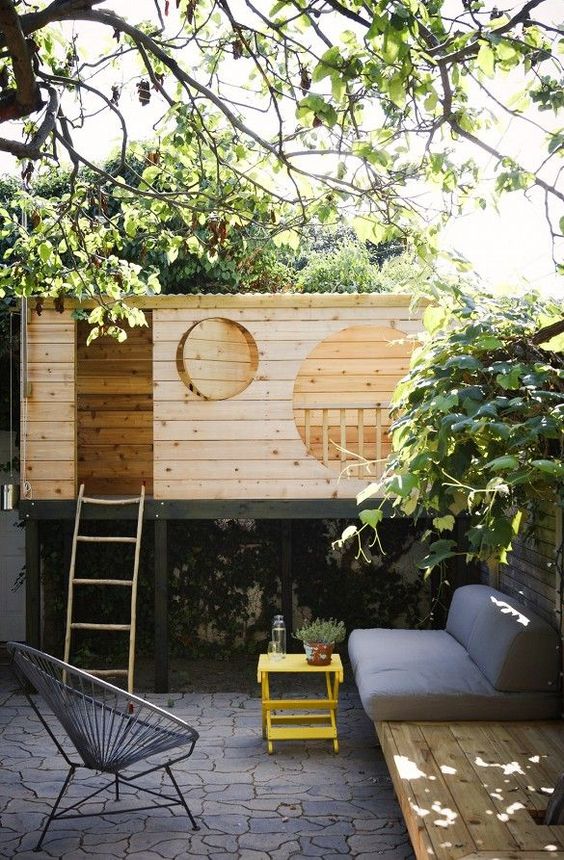Here at Yardzen, we have some fundamentals that guide many (most?) of our designs: First, we love ground covers. You’ll see them in nearly all Yardzen designs. They’re plants that punch above their weight class, pulling landscapes together and making them look full and lush. Second, when designing for clients in water-conscious regions like California and Texas, we’re not the biggest proponents of traditional sod. We tend to lean toward lower-water options ranging from artificial turf to alternative grasses.
At the intersection of these two preferences -- thumbs up to ground covers, thumbs down to traditional sod -- is a product we weave into our designs with regularity: Delta Bluegrass No Mow Sod.
Just look at that luscious yet eco-conscious lawn.
Why No-Mow Sod?
Let’s start with the obvious: It’s just a beautiful grass, rich and lush. Looking at it makes you want to lay out a blanket and take a nap in the sunshine. It’s equal parts wind-swept coastal garden and tranquil meadow and, really, no matter where it’s planted it seems to look right at home.
Also, and this is the best part for many: it doesn’t need to be mowed, hence the name No-Mow Sod. You can mow it and keep it looking groomed and tidy like a traditional lawn, or you can let it exist in its perfect natural form, and if that’s your preference, it doesn’t require any maintenance. According to Stockton, CA-based Delta Bluegrass, in non-mowed areas the grass will reach a height of 8 to 10 inches and then begin to lay over on itself.
Less water, no chemicals and more
But looking further there are some impressive benefits of this mighty sod. According to Delta Bluegrass, you can “reduce your irrigation to 50% less than what you would apply to traditional areas.” That means you can switch to native grass and recoup the cost of your investment (water and maintenance) pretty darn quickly.
Also, and this is a big one: because this is a native plant it doesn’t like or need chemicals to grow and thrive, which is unlike more traditional sods. Native grasses like Delta Bluegrass No-Mow Sod control soil erosion, reduce dust, lower and cool ground temperatures, reduce noise and clean our ground water. Properly maintained native sod is one of the most cost effective and environmentally-beneficial products in urban development.
About Delta Bluegrass No-Mow Sod:
The Native Mow Free blend uses a trio of grasses: Festuca idahoensis (Idaho fescue), Festuca rubra (Molate fescue) and Festuca occidentalis (Western Mokelumne fescue).
For an area that gets up to 50% daily shade, this is a great choice.


















































